My Pine Trees Are Turning Brown …. Why?
So let’s look at the different pine trees. It all starts with looking at the needles that cluster together in groups. They are called fascicles. Besides the bark, size and general shape of a pine tree, you can identify the type by looking at the fascicles. Count the needles in a fascicle and you know what kind of pine tree you are dealing with. For example:
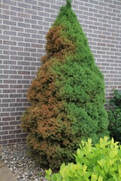 Reflected burn from wall
Reflected burn from wall There is also the needle blight. Usually you have this disease in Austrian pine. A fungus called Mycosphaerella pini will affect trees of all ages and eventually kill them. It is easy to spot because the needles are brown at the tip, whereas the rest of the needle is still green.
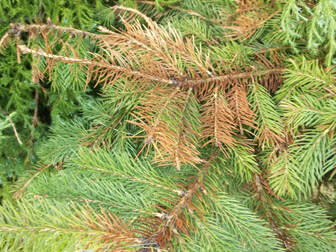 Needle Cast
Needle Cast Needle cast diseases are caused by various fungi that infect the new needles on pines, spruce, Douglas fir, and true fir. Although the needles become infected, symptoms may not be visible until the following Winter or Spring seasons. So it may be a good idea to check fallen needles on the ground for dark fruiting bodies as an early warning sign, particularly if you see symptoms on neighboring trees that may signal an incipient infection. The symptoms may appear also on interior needles, which may turn brown or yellow, and shed prematurely, and also show the dark fungal fruiting bodies. If your tree looks more sparse this year than last, you may want to look for these symptoms so you can treat the tree. Often the only needles remaining are the current season's new growth, so spotting this should be easy. Treatments can be applied with a fungicide from late July through August.
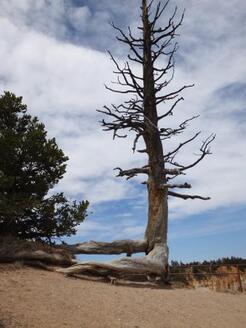
Trees may live to a maturity, then to old age, and the dying process is slow and may take centuries to complete. A tree does damage control around an infected or damaged area and still continues to grow. Growth will slow down a bit when it matures, but it still is able to support adequate foliage for hydration and food. There might be some immature new branches called epicormic sprouts, which try to assist the tree. Usually though they are too weak and insufficient to support life for long. Slowly the tree collapses under its weight. Its decaying body becomes host to myriads of creatures and fungi that will break it down as part of their own life cycles, feeding them and spawning their new generations. Eventually, it becomes the nutrients and topsoil for future trees.
Some years there appears to be more brown needles than other years. This is due to the fact that if needles from a good growing year are being dropped, there are many more needles. So, if the weather allowed for good growth four years ago, then this year we can expect a lot of brown needles.

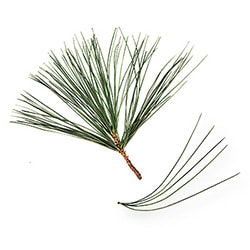
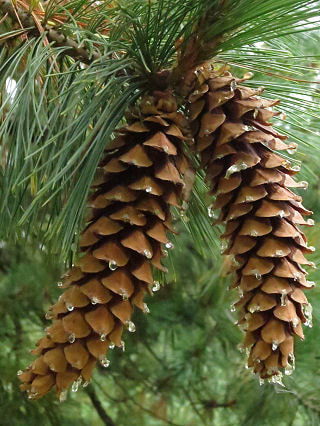
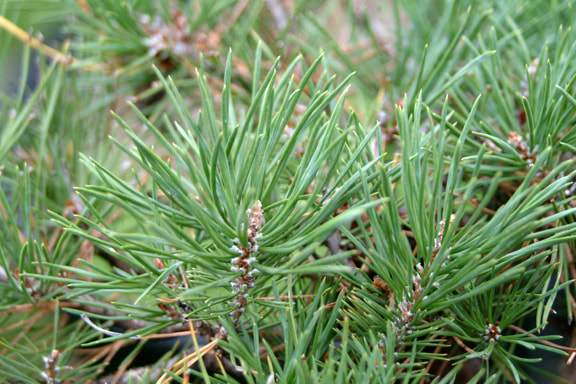
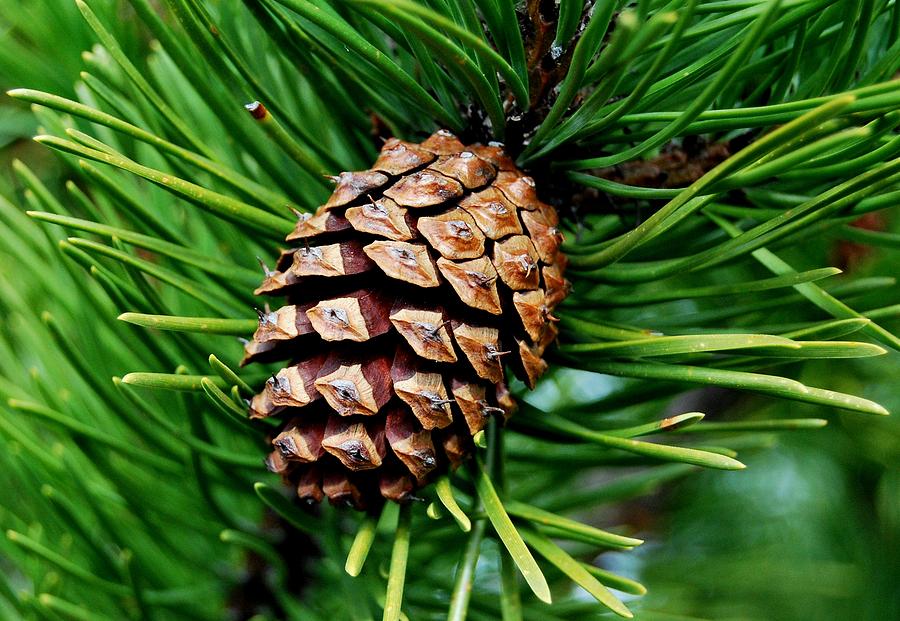
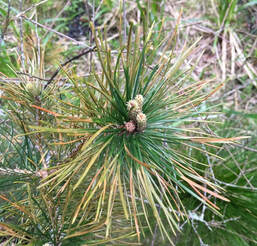
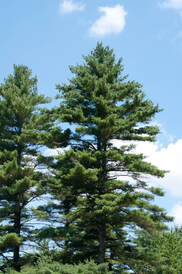
 RSS Feed
RSS Feed